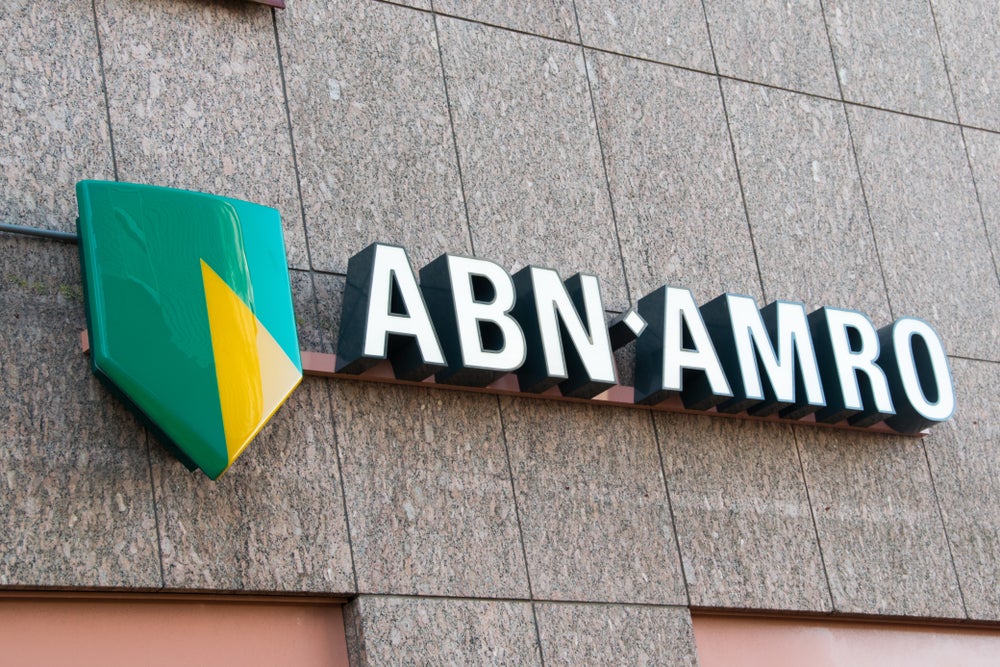UK retail banks are
failing to maximise the potential of the internet, despite the
increase in popularity of the online platform, according to a
consumer survey from telecoms firm Cable&Wireless. Lenders are
also failing to maximise the potential offered by mobile, social
networking and video. Douglas Blakey reports.
 It is
It is
pertinent to consider how customer interaction with lenders is
changing, given the rise A report commissioned by cable firm
Cable&Wireless from the pollsters YouGov, entitled Banking
20/20, The Customer Journey, examined the When, Where and What
of decisions customers take before signing up to a financial
product or to do business with a particular lender.
The Customer Journey consists
of three stages:
- Becoming a
Customer – when the customer makes a purchase; - Post Sales
Customer – when an existing customer makes use of the
banking system and makes more purchases; - Loyal
Customer – an assessment as to whether customers become
resistant to switching suppliers.
According to the survey,
prospects become buyers in one of two ways.
The pro-active
route: (70% of buyers) – the search is prompted by an
internally generated need. These pro-active buyers rely heavily on
technology to find, evaluate and compare a product.
How well do you really know your competitors?
Access the most comprehensive Company Profiles on the market, powered by GlobalData. Save hours of research. Gain competitive edge.

Thank you!
Your download email will arrive shortly
Not ready to buy yet? Download a free sample
We are confident about the unique quality of our Company Profiles. However, we want you to make the most beneficial decision for your business, so we offer a free sample that you can download by submitting the below form
By GlobalDataThe re-active
route: (the remaining 30%) where the search is promoted by
an external stimulus, such as following on from bank
marketing.
The re-active buyer relies
more on the branch network and non-technological means to evaluate
a product. The online channel only loses its appeal when it comes
to handling problems.
The report found that for 60%
of respondents their bank’s online offering had become increasingly
important in the past two years, ranking higher in importance than
banks’ trustworthiness, interest rates and bank charges.
Only 9% found that in-branch
facilities had become increasingly important; branch opening hours
(16%) and branch locations (21%) polled relatively low
scores.
Missing a
trick
 The survey
The survey
concludes that banks are missing a trick due to the internet
channel delivering only functional banking services.
Lenders are failing to
appreciate that around one-half of customers want banks to
incorporate social and human aspects – such as personalised
customer service and tailored advice – into online banking. The use
of new technologies such as mobile technology, social networking
and video conferencing, offers banks a currently untapped
opportunity to increase contact with the customer.
Customers are using these
newer communications channels for advice, information.
Only 1% of consumers, who
have sought advice from banks in the last month, have done so
through video conferencing. Mobile phone applications (1%) and
social networking (1%) are of similarly low incidence.
Michele Metcalfe, director of
banking and financial services at Cable&Wireless Worldwide,
told RBI: “Consumers increasingly prefer remote
interaction, but also want good customer service, greater
trustworthiness and a fair level of engagement with the
banks.
“These findings suggest that
financial institutions have an opportunity to better meet customer
preferences by investing in the right online
innovation.”
Account switching
intentions
The report also examines current
account switching intentions. It argues that new bank entrants will
struggle to establish a foothold in the market.
But habit and inertia will
make it hard for new banking providers such as Metro Bank to
establish a significant share of the UK banking market.
Customers remain cool or
lukewarm at best towards these new entrants, with their preference
being for new banks backed by strong, established brand names like
Tesco or Virgin.
A fundamental problem is that
for new banks to succeed, they must outperform current providers
and must have a better product offer.
But most new entrants are
aiming to compete only on a range of services such as longer
opening times, faster application processes, in-branch facilities
and ethical operation.
This ignores the need to offer products that are better
value for money, cheaper, and more fully featured than those
already on the market.







